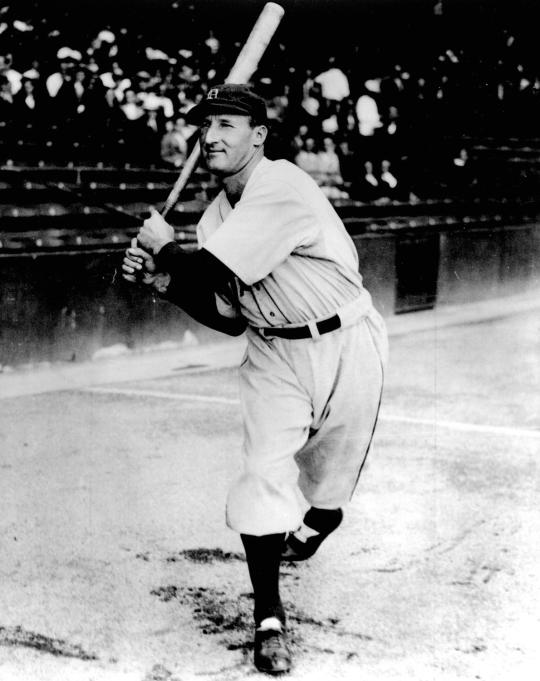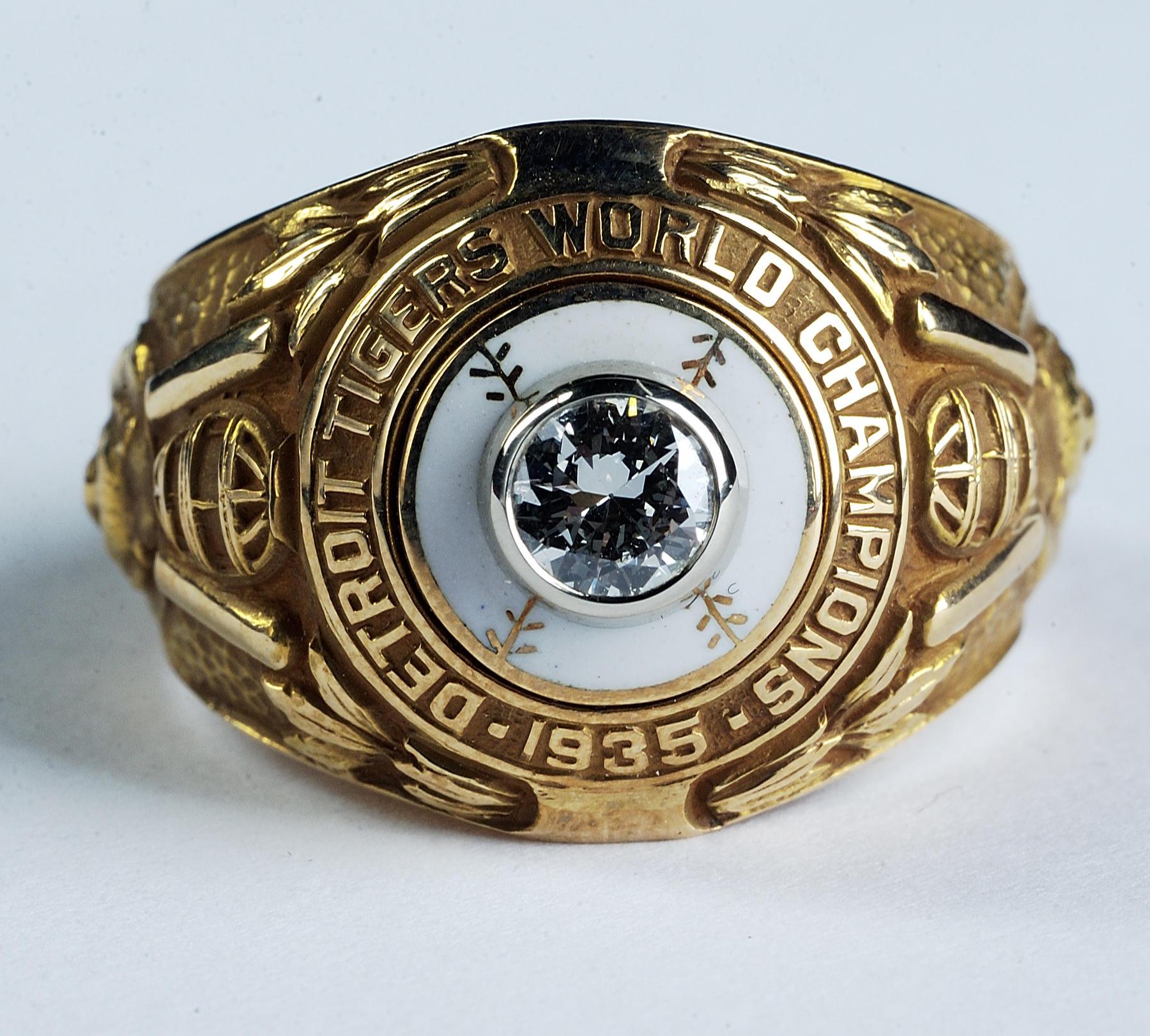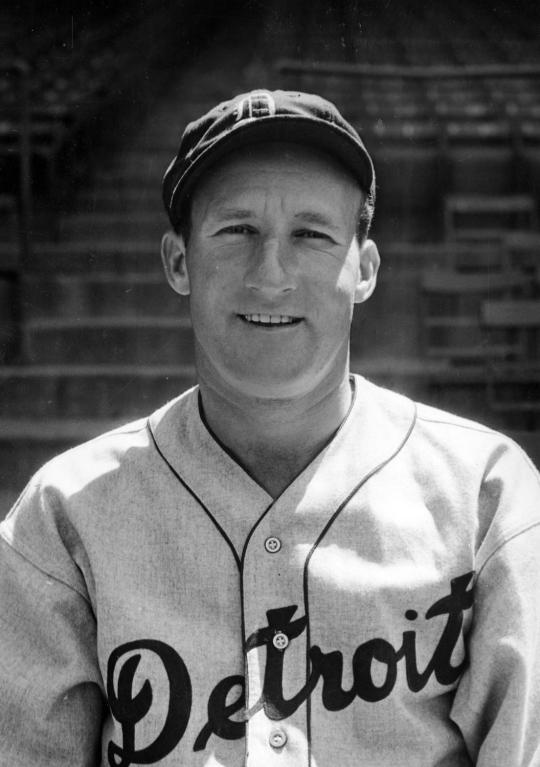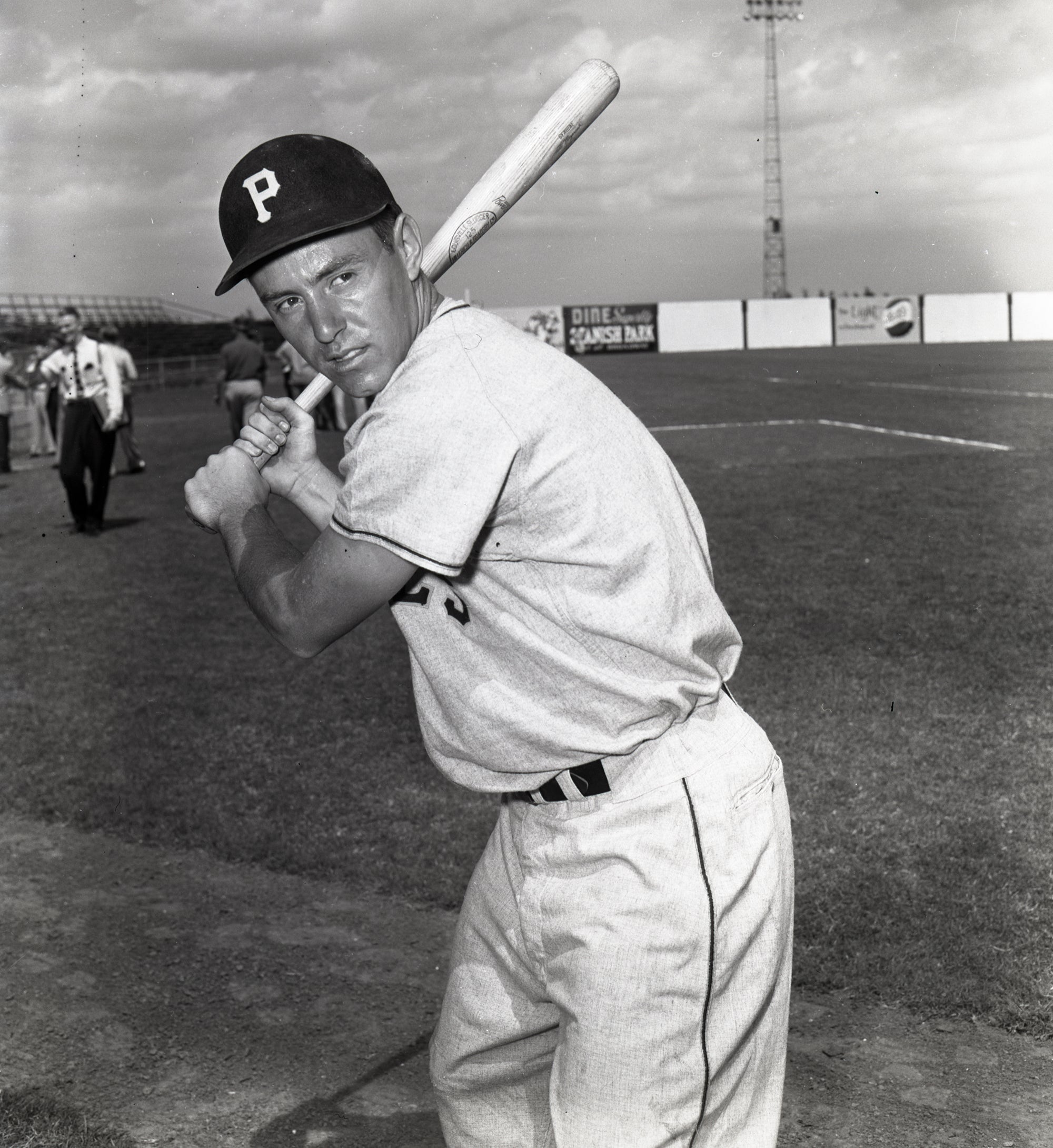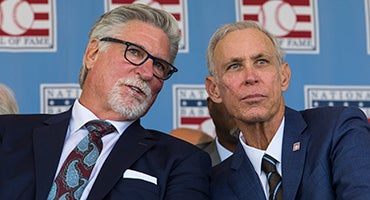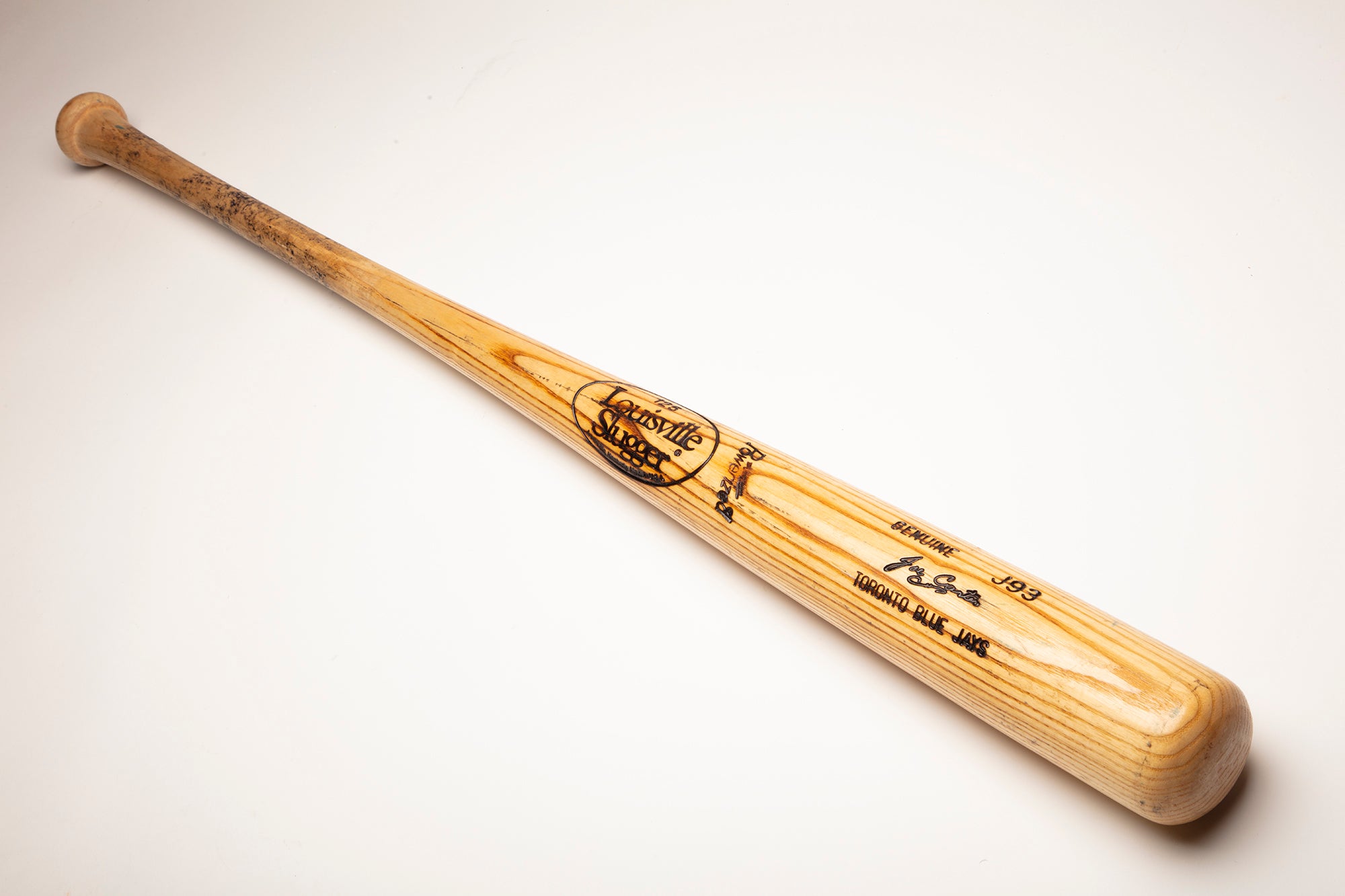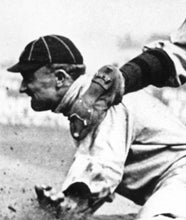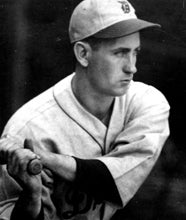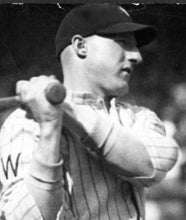- Home
- Our Stories
- Goslin’s walk-off clinches Tigers’ first title
Goslin’s walk-off clinches Tigers’ first title
In 18 big-league seasons, Leon Allen “Goose” Goslin collected just about every hit imaginable. He finished with 2,735 to his name, along with a batting title in 1928 when he hit .379.
But on Oct. 7, 1935, the Goose rapped the most memorable hit of his career, at least in the eyes of Detroit Tigers fans, to win the World Series.
Goslin was no stranger to the Fall Classic. By the time he stepped to the plate for his final postseason at-bat in 1935, the soon-to-be 35-year old was playing in his fifth World Series. He had tasted the thrill of victory once, leading the Senators to their only title in 1924 while batting .344. But he had also trudged off the field three times in defeat, including when he struck out to end Game 7 in 1925.
The Senators could no longer afford Goslin after dropping the 1933 Series, and so they traded him to Detroit for outfielder John Stone. The Goose suddenly found himself on a young and hungry Tigers squad, and alongside fellow stars Charlie Gehringer and Hank Greenberg, the Motor City press dubbed its new triumvirate of heroes “the G-Men.”
All three players would eventually be inducted in Cooperstown, and so too would the Tigers’ stalwart catcher Mickey Cochrane. This promising group was bitterly disappointed in the fall of 1934, when it lost the World Series in seven games to the St. Louis Cardinals. But now, one year later, they held a 3-2 lead over the NL champion Chicago Cubs. The score was tied at three, Cochrane stood on second base and Goslin was at the plate for one final World Series moment.
Both franchises entered the 1935 Series with a sense of determination. The Cubs had not won a title since 1908; the Tigers, meanwhile, had seen the tenure of superstar Ty Cobb come and go, and yet remained winless in their first four World Series attempts.
The Cubs had their shot in the top of the frame, when third baseman Stan Hack led off the inning with a triple at Detroit’s Navin Field. But with Hack 90 feet from home, Detroit starter Tommy Bridges buckled down and retired the next three Cubs in order.
“When I think back to the 1935 World Series, all I can see is Hack standing on third base, waiting for somebody to drive him in,” said future Hall of Famer Billy Herman, who drove in three runs for the Cubs that day. “Seems he stood there for hours and hours.”
Now it was Detroit’s turn to try and bring the winning run home. Goslin took a delivery from Cubs’ hurler Larry French and lifted it just over the head of Herman at second base. Cochrane raced around third and on to home for the Series-winning run, and the 48,000-plus at Navin Field went into delirium.
After the game, the Tigers’ faithful poured into the streets to throw a party that the Detroit Free Press described as being “bigger than Armistice Day in 1918.”
“They will remember the manner in which the base ball [sic] championship of 1935 was won as long as they remember the team that won it,” wrote H.G. Salsinger in the next morning’s Detroit News. “There have been better teams than Detroit in the past but no team ever won a World Series more spectacularly than Detroit won the one that ended with two out in the ninth inning at Navin Field yesterday.”
Goslin, the Tigers’ hero that day, would play two more seasons in Detroit and finish his career back in Washington in 1938. He was elected to the Hall of Fame in 1968.
Matt Kelly was the communications specialist at the National Baseball Hall of Fame and Museum

